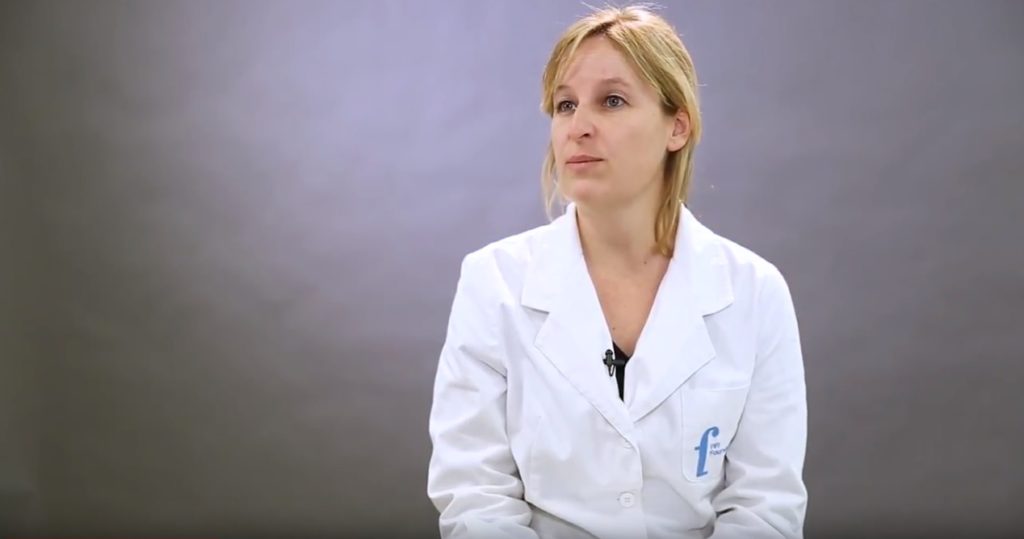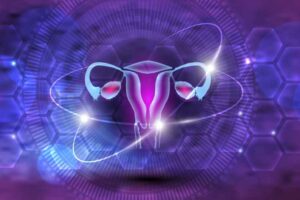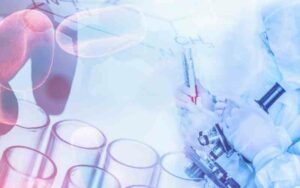Aging and oncological treatments alter the function of the ovary. However, even when the ovaries lose their ability to ovulate, residual quiescent follicles remain that can be rescued to grow via different approaches. In fact, the recovery of ovarian function has been described in patients with ovarian failure due to chemotherapy after bone marrow transplantation, suggesting a positive effect of bone marrow stem cells in the ovarian niche.
With this in mind, we set out to evaluate, for the first time, whether the infusion of human stem cells from the bone marrow were capable of rescuing residual dormant follicles to produce competent oocytes. For this purpose, we evaluated the effects of these cells in both murine and human ovarian tissue.
Firstly, we established murine models of low response (LR) and premature ovarian failure (POF) by administering a reduced dose and another standard of chemotherapy, respectively. In these models of ovarian damage, we evaluated the effect of the administration of human stem cells of the bone marrow. After their infusion through the vein of the tail, these cells were able to migrate and infiltrate the damaged ovarian tissue, mainly located near blood vessels and follicles. These cells were able to rescue fertility, allowing spontaneous pregnancies not only in the LR model but also in the model of severe ovarian damage (or POF model), which represents the worst possible scenario.
Specifically, in both models the treatment with human bone marrow stem cells produced an increase in the number of pre-ovulatory follicles, oocytes, embryos and healthy offspring. In addition, the infusion of these cells improved ovarian vascularization and cell proliferation, reducing apoptosis. These positive effects were not observed when normal peripheral blood mononuclear cells (lymphocytes and monocytes) were administered, demonstrating that the positive effects observed were due to the stem cells and not to the lymphocytes / monocytes present.
Considering the structural and functional differences between murine and human ovarian tissue, we then set out to validate the results obtained in human ovarian tissue. For this purpose, xenotransplantation of human ovarian cortex fragments of LR patients in ovariectomized immunosuppressed mice. A week later, when the implants were already vascularized, we infused them through the vein of the tail with human stem cells from the bone marrow. As in murine ovarian tissue, we observed that human bone marrow stem cells were able to migrate and settle in ovarian implants, being located near blood vessels and follicles, even in contact with granulosa cells. Once in the ovarian tissue, they promoted follicular growth to a secondary stage, increasing the secretion of estradiol and improving local vascularization and proliferation of the ovarian stroma.
On the other hand, in addition to testing the effects of the heterogeneous set of human stem cells of the bone marrow, we wanted to study if their CD133 + fraction was mainly responsible for the regenerative effects observed. We decided to test this cell population due to previous studies that propose regenerative effects of this population in other organs and tissues. We observed that the administration of this cell subpopulation also promoted follicular growth at a secondary stage, improved the vascularization of human ovarian implants and increased the secretion of estradiol.
However, all these effects were less than when the whole set of human stem cells from the bone marrow were administered. These result shows that, although the fraction of CD133 + cells have regenerative properties in the damaged or aged ovarian tissue, other cells or components of the heterogeneous group that make up the stem cells of the bone marrow would contribute to the improvement and regeneration of the ovarian niche.
In conclusion, the results obtained in all these pre-clinical studies suggest that therapies based on stem cells from bone marrow could be an appropriate alternative to increase the reproductive potential of patients of advanced reproductive age, of women treated with chemotherapy, and of LR women in whom the ovarian niche cannot maintain the growth of their already limited follicular pool.





